We have always been on the lookout for the right pillow throughout our evolutionary journey. Even as reptilians and small apes we sought to lay our head on a fellow shoulder, back, or tail, all in an attempt to find comfort. This prehistoric quest is ever so relevant precisely because pillows play a vital role in the quality of our sleep and the health of our bodies.
When was the first pillow created? Approximately 9 000 years ago, the Mesopotamians invented the pillow to avoid insects and other crawling creatures from finding their way into people’s ears, noses, and mouths. The pillows were made out of stone and served as a status symbol among the richer class. Soon, with the years flying by, new and softer materials flooded the still underdeveloped pillow market. Reed, straw, down, and wool were some of the fillings that made their way into the pillowcases of both peasants and aristocrats throughout the ages.
With the advent of the Industrial Revolution, the pillow became a mass-produced commodity that entered into the household of the common man. Once scarce and expensive, the pillow transformed into must-have bedding. People began to refine its design and improve its functionality, all in search of the right pillow.
It’s no surprise that we expend so many resources, time, and energy into the engineering of a product that we use each day and night. We are biologically wired to seek comfort and avoid pain, the invention of the pillow is a testimony to our body’s innate programming to search for the most optimal sleeping experience.
The pillow is a tool that serves to relieve pressure and counterbalance the points in the body by aligning the spine and joints in their natural positions. We find comfort in this type of bedding because it compliments the natural curvature of the spine and eases the pressure load on the joints in the upper body. Essentially, the right pillow is supposed to keep the skeletal structure properly aligned while absorbing the tension in our muscles and tendons.
What to look for in a pillow?
First and foremost, the material of the right pillow will determine its quality, functionality, and firmness. Many contemporary fillings such as down, memory foam, or polyester fall short in terms of support, functionality, and health factors. Down retains moisture and is prone to mildew, making it an allergenic filling. Polyester and memory foam are artificial materials and emit volatile organic compounds (VOCs) that are harmful to the human body, often irritating the eyes, throat, and nose.
Luckily, wool is a millennia-old natural material that offers great support and comfort and has well-established health-promoting properties. It wicks away moisture, making it a perfect resting surface for the head, as people tend to sweat and exhale humid air into the pillow. Wool is extremely breathable and keeps the head cool during hot nights. Its unique fiber structure repels dust mites and has antimicrobial and antifungal properties. In other words, a wool filling will transform your pillow into a dry, cool, and hypoallergenic bundle of softness.
Another parameter you want to look into is firmness. Much of the comfort you seek will be based on personal preferences but keep in mind that, as a golden rule, it’s preferable to choose pillows with medium firmness or above, as they will have the necessary structural integrity to keep your spine and joints in check. The great equalizer in the equation is whether or not the right pillow is adjustable. By having control over the volume, you will be able to manipulate both the firmness and loft to your taste and needs. This is why, thanks to the installed zipper feature and dense filling, all Home of Wool pillows are adjustable and come in with above-average thickness and firmness.
Last but not least, the design will have the most effect on how your spine aligns during sleep. In that sense, there is no right pillow as people rest and sleep in different positions. For every back, side, or stomach sleeper exist specific shapes and sizes of pillows that deserve further exploration. So, let’s look at the three types of sleeping positions and give examples of pillows that will provide the best comfort and health benefits.
Side Sleepers
Did you know that most of us sleep on our sides? Almost 70% of the adult population. The latest research shows that sleeping on your side can offer many benefits but only if your body is perfectly aligned and your spine is straight in its natural position. When done correctly, side sleeping can help reduce snoring and improve your gut health. It’s the best position for sinus problems. Depending on your mattress and body type, however, you might want to use different kinds of supportive pillows.
The traditional ergonomic pillow has classic raised ends with a tufted dip in the middle, forming a wavy curve that contours and supports the neck and head. The sides vary in thickness and loft to accommodate people with broader or narrower shoulders. In case the two options still don’t hit the spot, you can always adjust the filling volume and control the loft to your needs. The center stands at about 4 inches (10 cm) height which is the golden median for pillow thickness. This standard base, combined with the ergonomic curves, creates a shape that will compliment your spine curvature and help alleviate any chronic pain in the neck and the joints of the upper body.
Sometimes, however, you would need a more specific shape to stay in the ultimate sleep position. That is where our curved pillow for side sleepers comes in. The shape is cut out precisely to follow the contours of your neck, head, and shoulders for continuous support while you roll from side to side. The crescent-shaped cutout ensures that your shoulders follow the movement of your head without adding pressure to the joints and spine. It is the right pillow for those side sleepers who move quite a bit during the night.
Back Sleepers
Back sleeping is considered the healthiest position and still many people prefer to sleep on their backs. More and more women do so in pursuit of slowing down the aging process. Sleeping on your back reduces joint pain and chronic back pain, all the while prolonging your youthful look. Back sleeping is a free anti-wrinkle therapy for face, neck, and decolletage, but it might be difficult for you, especially if you used to be a side sleeper. Orthopedic pillows designed specifically for back sleepers will help you do that easily and will relieve discomfort, pressure, and pain at the same time, giving you the restful sleep you want and deserve.
Some people tend to sleep on both their sides and back. A well-designed hybrid pillow can accommodate the more complex sleepers and give their body the much-needed versatility and space for their movement patterns.
The lowering at the center offers the perfect loft for back sleepers and reduces the tension in the neck. The sides of the pillow are thicker and offer greater elevation which will keep your head fixed in a face-up position and stop you from twisting your body during sleep. The elevated sides also provide a rectangular surface with a higher loft which is essential for side sleepers. This 2 in 1 pillow will take care of those of you who like to alternate between sleeping positions and are seeking a suitable option that will keep your spine aligned at any time.
To fully support the neck loop go for a pillow that follows the natural curves. A neck bolster pillow might help you achieve the ultimate back sleeper position, aligning the whole body and relieving any aches or pressure. The neck bolster is a viable alternative for those who have reservations towards the classic designs or due to health issues cannot sleep on any conventionally-shaped pillow.
Having a pillow with a lowering in the center will help with the support of your spine while sleeping on your back. The medium thickness of the center will gently cradle the curvature of your spine and ease any aches or discomfort. The thicker sides will act as barriers for your head and keep its position gently fixed in order to avoid any twisting of the spine during sleep. It’s the right pillow for every back sleeper that tends to move in their sleep and is looking for a quick and non-invasive solution.
Stomach Sleepers
Experts advise avoiding sleeping on your stomach. One of the reasons is that it puts a lot of strain and pressure on your back. If that is your only option, however, you might want to get a thin pillow to put under the stomach to take some of that pressure off.
Firm and thick head pillows might not be the perfect solution for you if you are a stomach sleeper. For better spine alignment you will need a thinner thickness. One way to achieve that is to look into our classic adjustable wool pillow. The product’s strength is in its versatility and multifunctionality. The vanilla design makes it a viable option for each sleeper type – all you have to do is control the filling volume to determine how you want to use the pillow. If you are a stomach sleeper simply remove a greater amount of the wool filling to achieve a softer and thinner feel. Of course, keep in mind that you can be the engineer of your personalized pillow with the help of our customizer tool.
Another versatile option for all sleeper types, including stomach sleepers, is our wool pillow with flat sides. You can remove or add filling and regulate the loft to your liking. It has all the benefits of the classic adjustable wool pillow while offering a new and fresh design that will provide you with the optimal support you need. Enjoy deep uninterrupted sleep without sweating and overheating. Relax fully and lower the tension in your neck and back.
From stone to wool, the pillow has a rich history of material versatility and design alterations. It’s the ultimate tool for the health of your body and sleep. The right pillow should alleviate chronic pain and aid your sleep by keeping your torso, neck, and head in a natural position without causing pressure to the joints and spine. Choosing a wool filling will not only provide the necessary support for your body but will also boost the quality of your sleep with its wide spectrum of beneficial properties which makes it the ultimate choice for your right pillow.


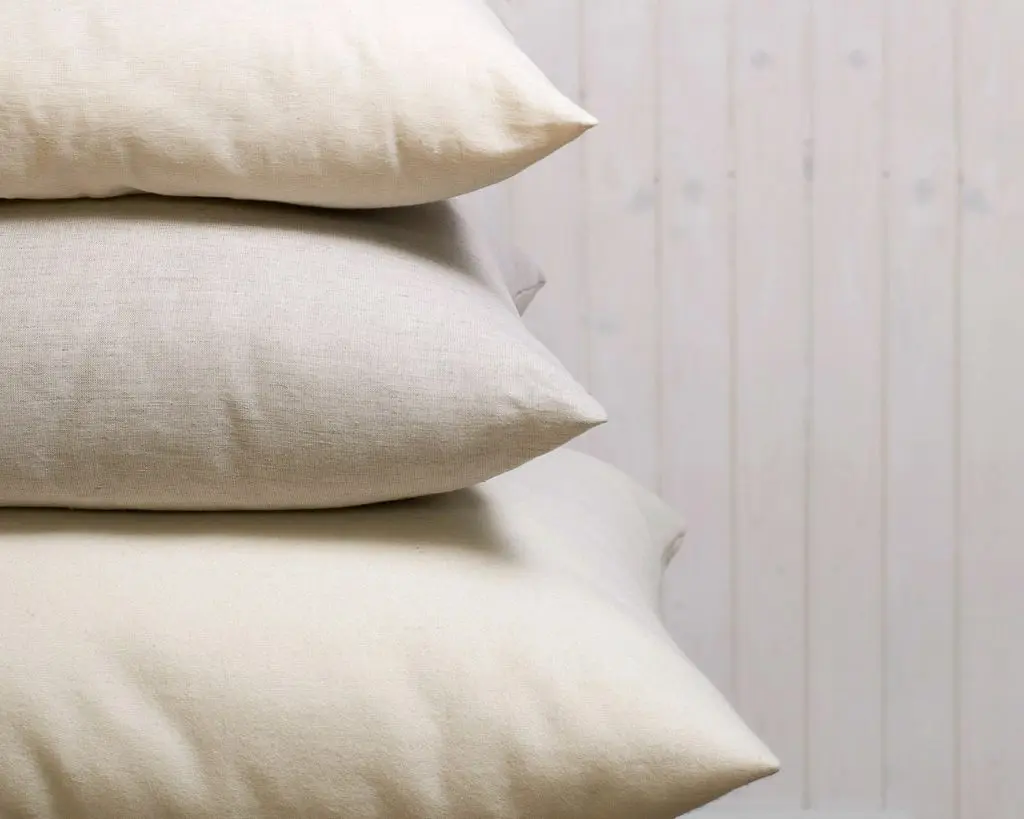
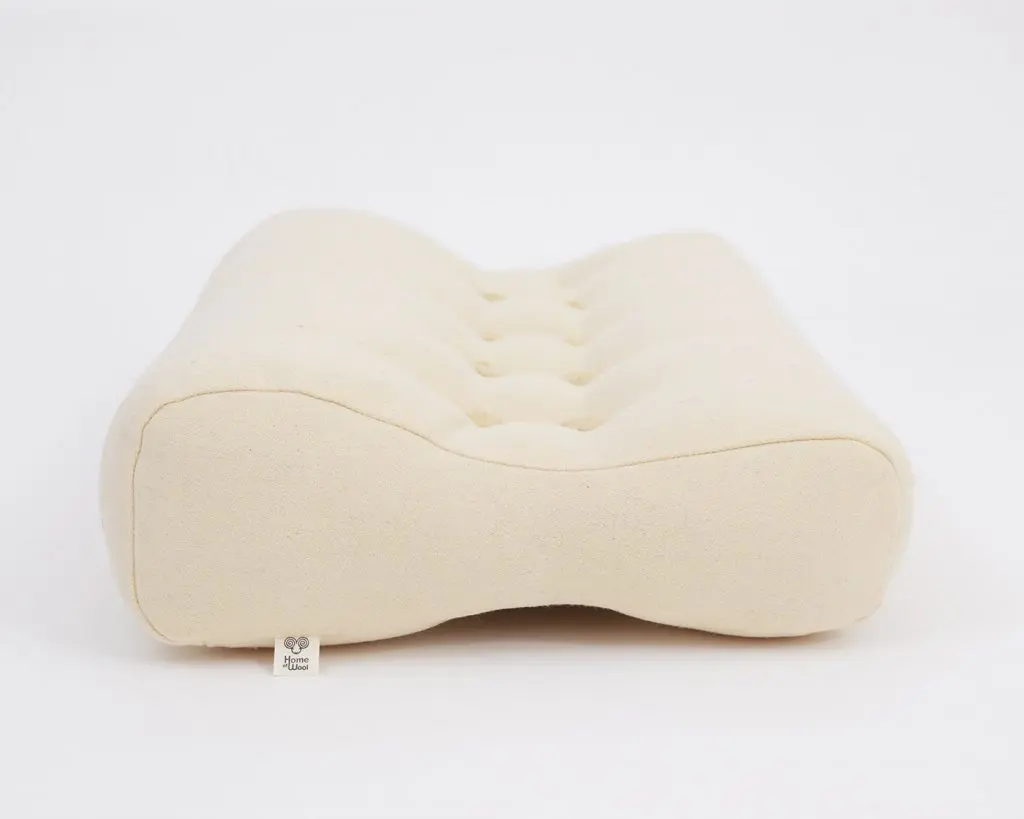
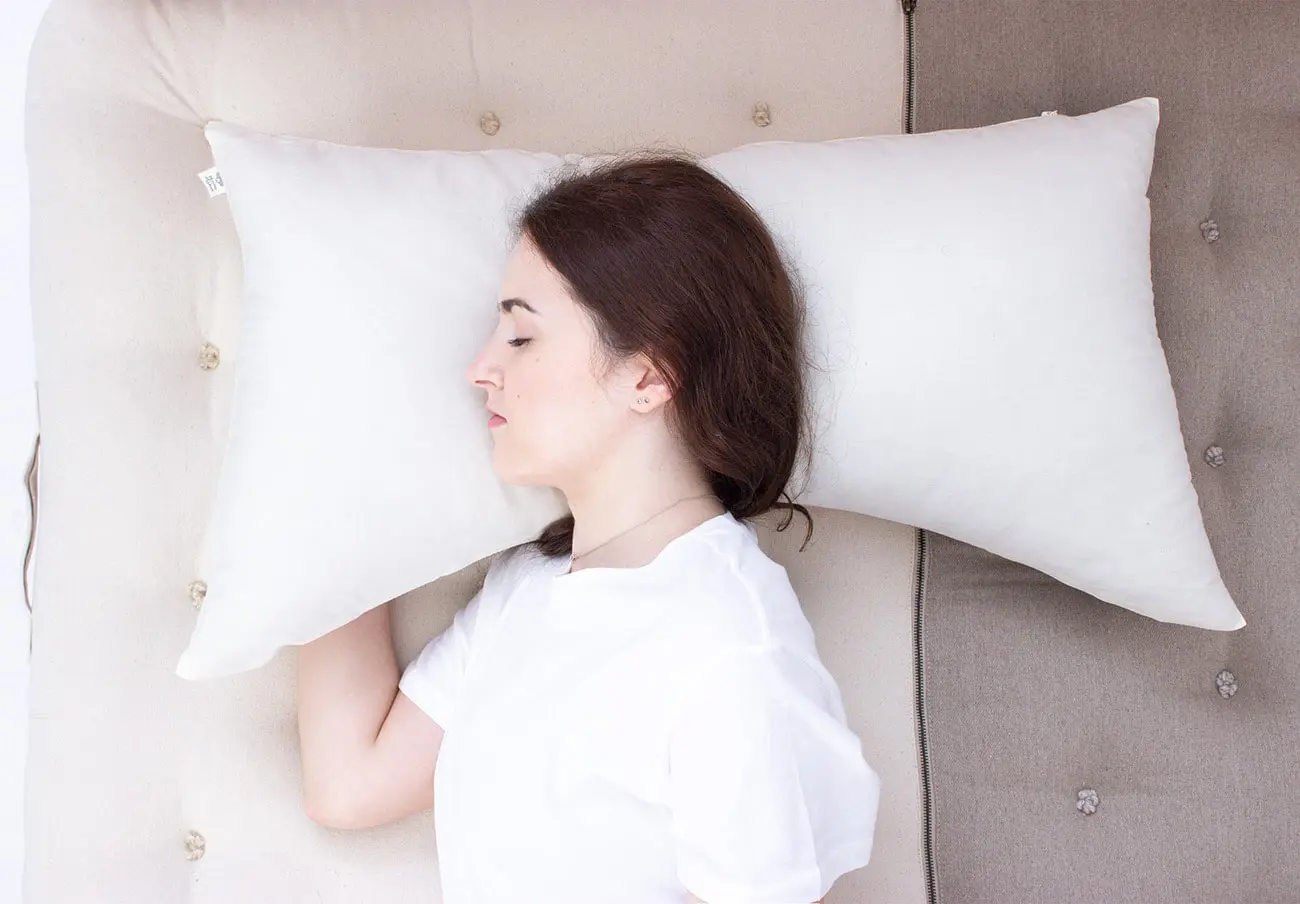
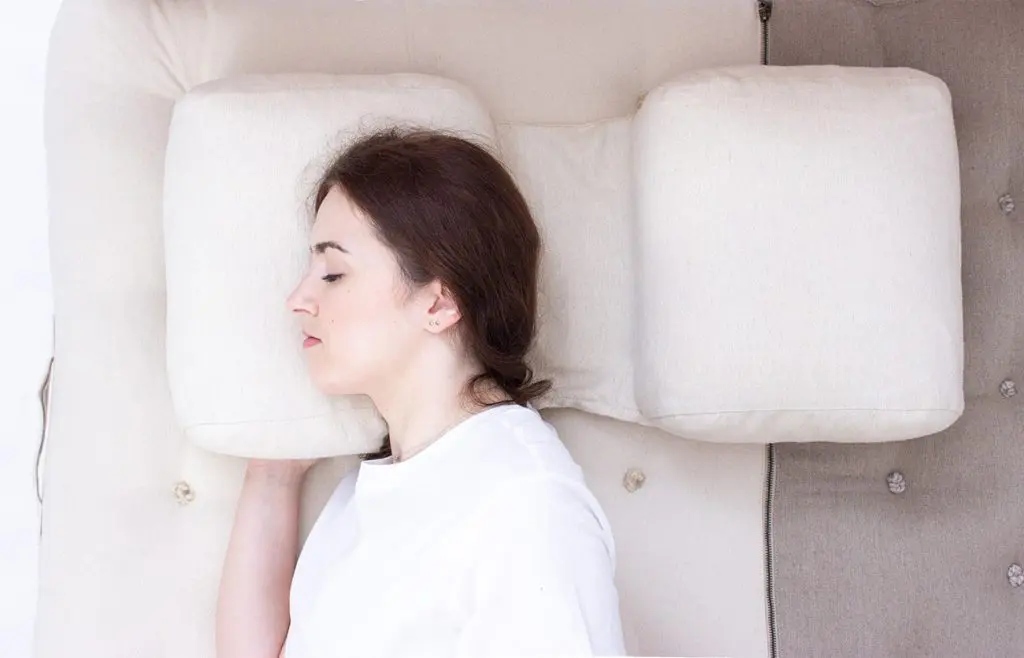

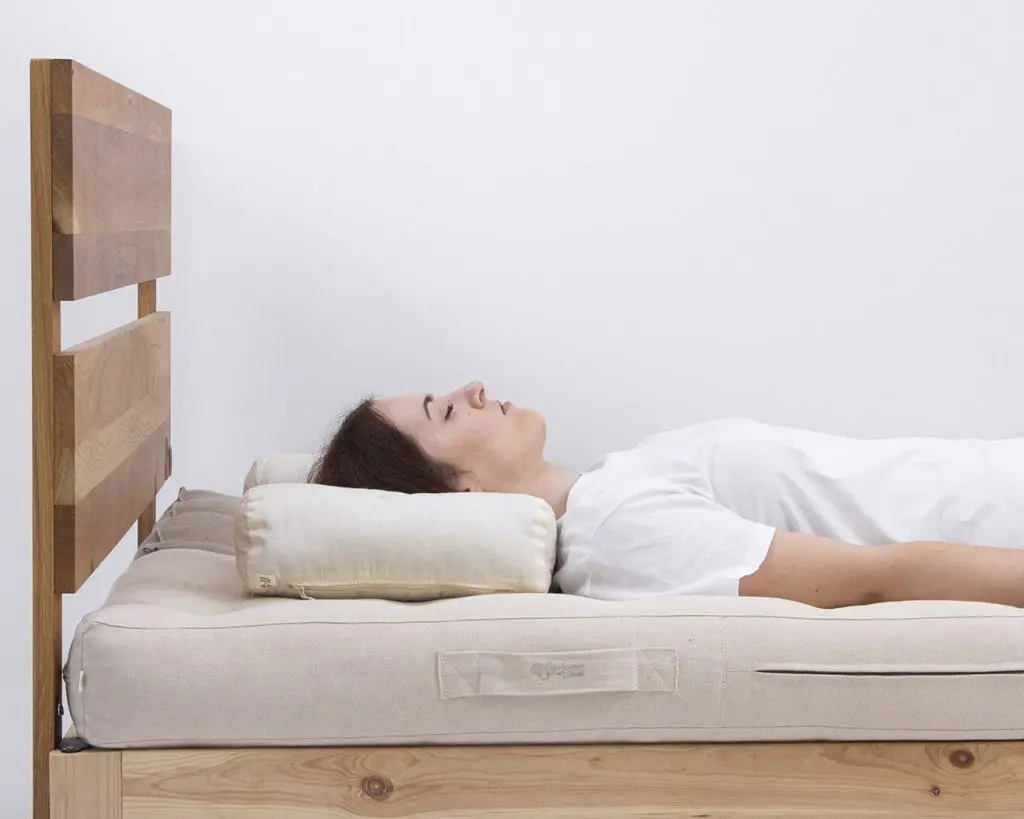
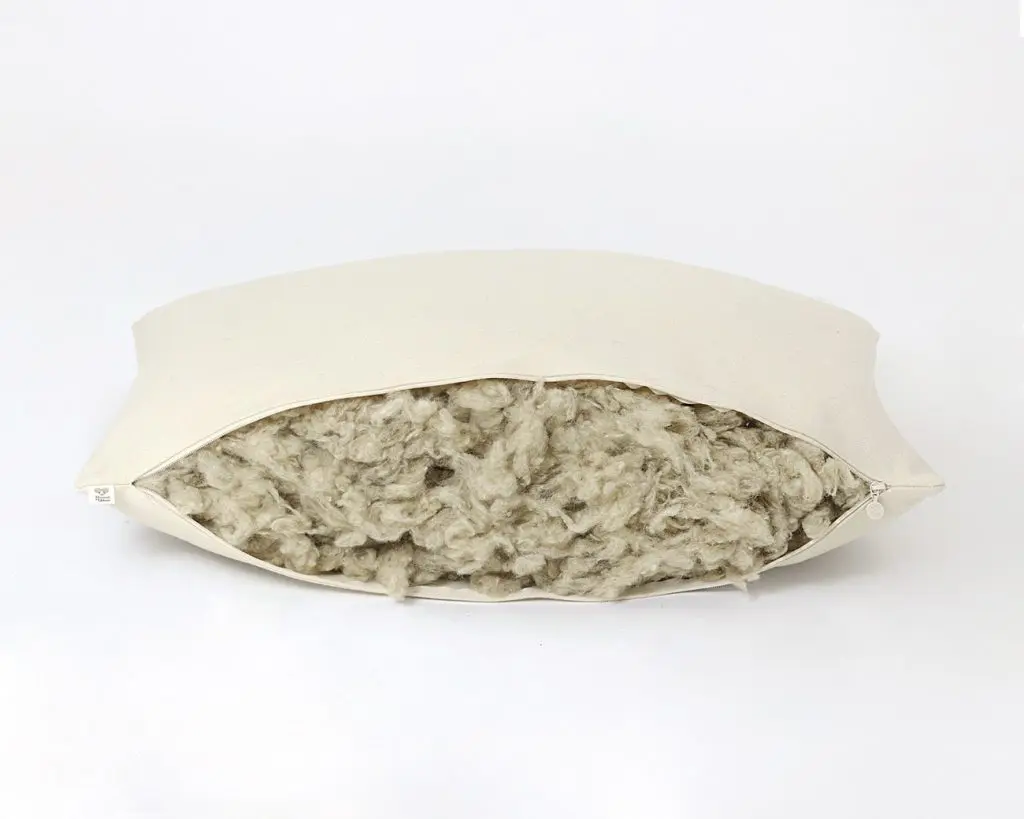
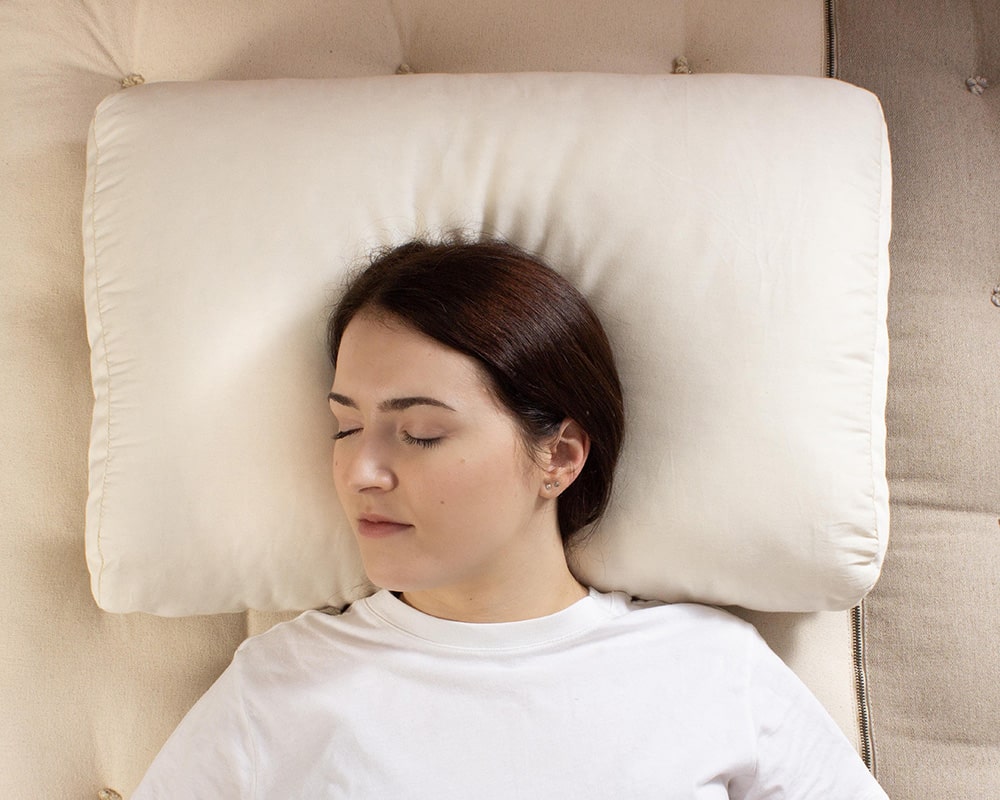



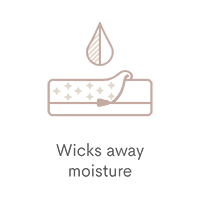








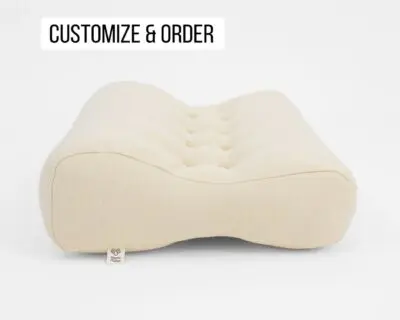
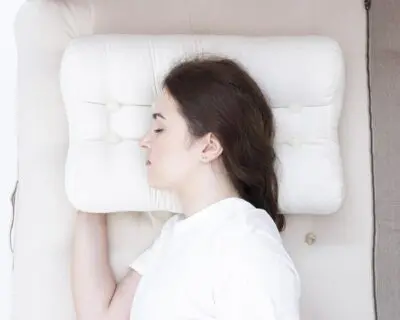
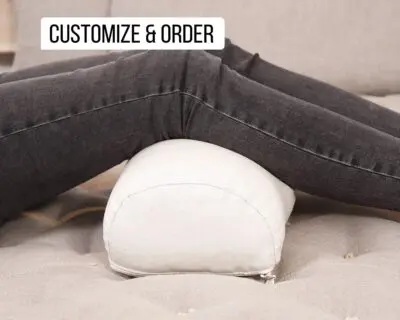
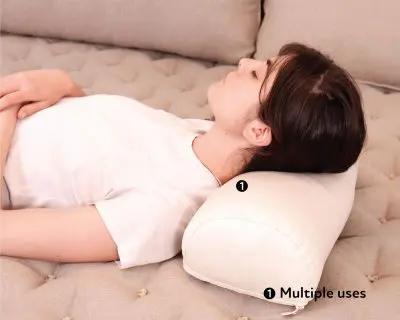
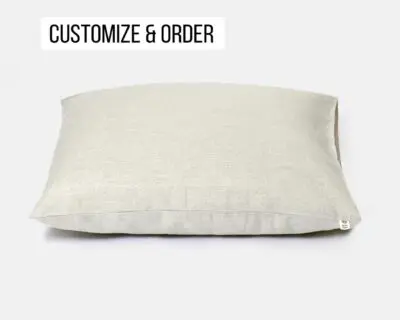
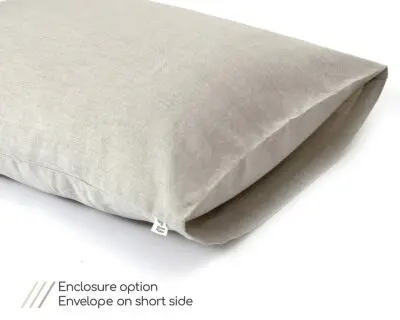

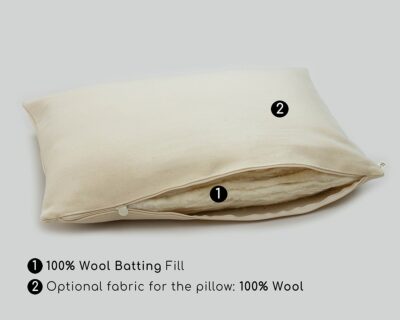

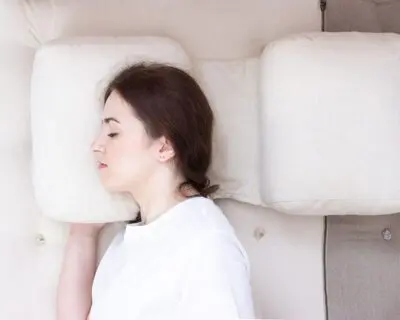


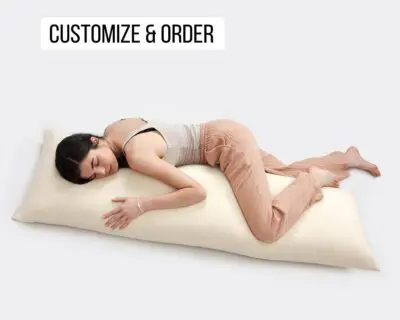
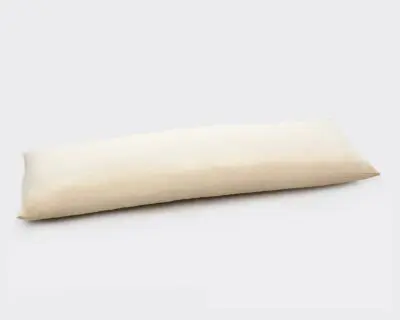

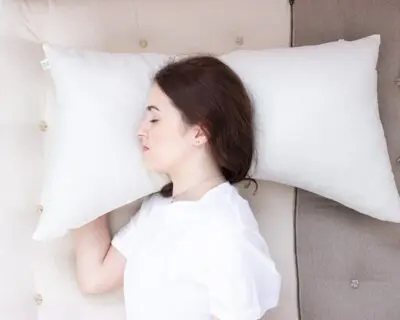

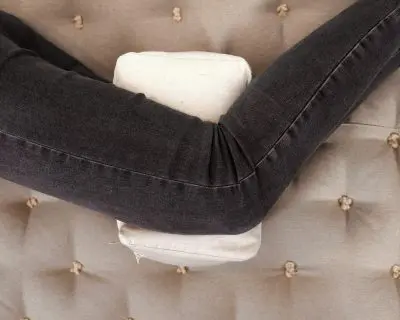
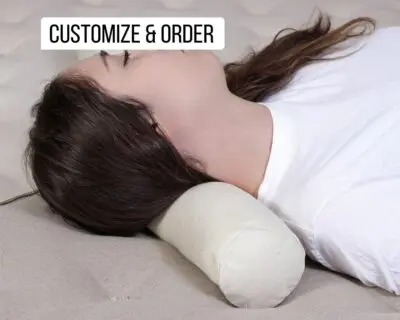
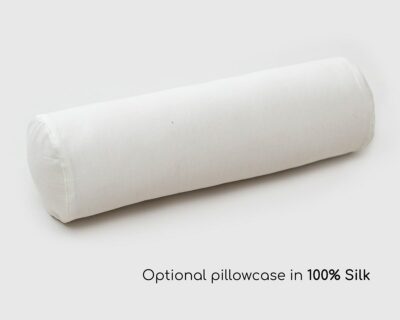

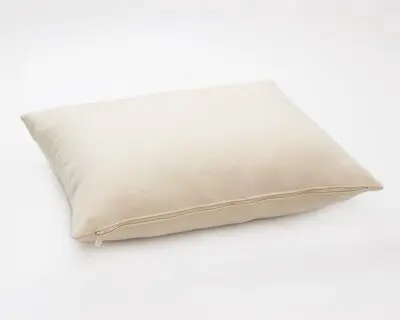
Leave a Reply